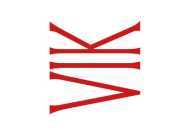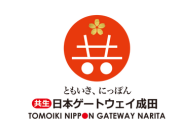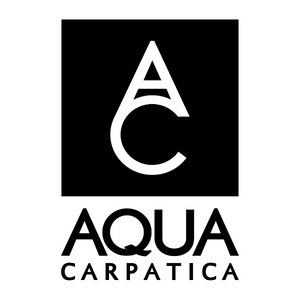But, against the trend in films, Michael starts his wine story at the beginning, saying he didn’t launch his wine business to grow grapes and make wine. No, the reason he got into wine production was because “I’d never met so many interesting people at the dinners they used to have in Italy (where he was living after his initial success in the film world). You could be sitting next to an airline pilot or a cab driver or philosopher or poet. In my world of film, you don’t meet people like that – they’re all film people. No matter how interesting they may be, that’s what they do – camera, sound, producer, writer… I talked to a couple of people about maybe doing a wine project there (in Tuscany) but then, I thought, I’m not smart enough to do business in Italy.”
So Michael, who worked as the cinematographer on films such as Bugsy Malone, Midnight Express, Angela’s Ashes, Harry Potter, and War for the Planet of the Apes, returned to his homeland, New Zealand, a few years later and bought 167 acres (67ha) of grazing land on the southern slopes of Marlborough, in the Omaka Valley.
“I was born and raised in New Zealand and at that time Cloudy Bay was the iconic New Zealand wine which pretty much put New Zealand on the world’s wine map, so I went out there, looked at a couple of places and ended up buying some land in Marlborough. And that was the beginning of the process,” he says.
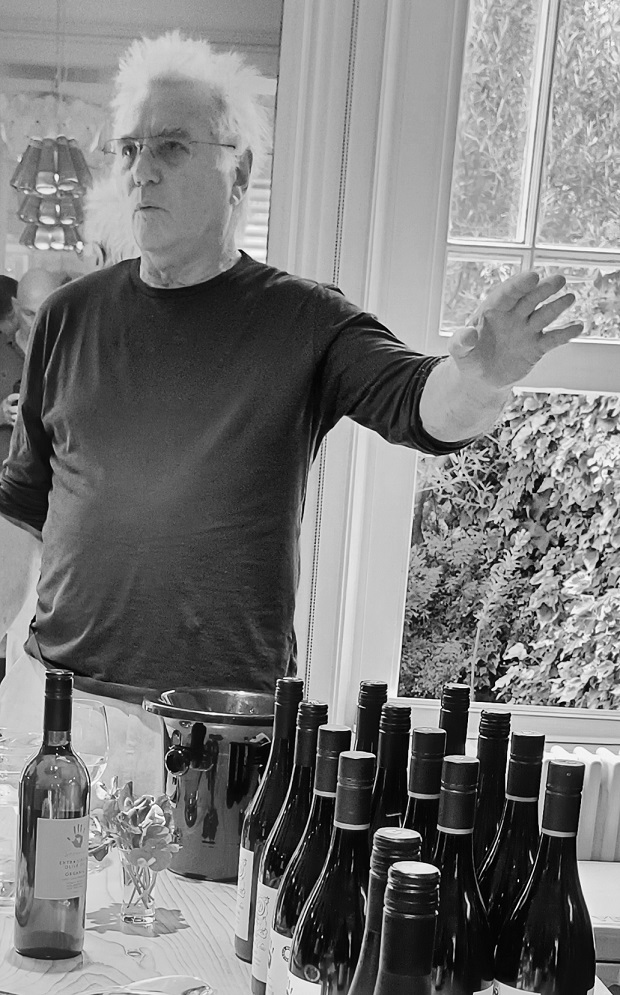
This was in the early 1990s. Slowly, he planted the land with Chardonnay vines and the Raupo Creek Vineyard became the lifeblood of Seresin Wines. It’s his handprint on the labels and on the business. Although Michael (above) admits he’s not a fan of Sauvignon Blanc, he subsequently planted this variety because, as he says, in Marlborough “you’re nuts not to” as Marlborough Sauvignon Blanc is one of the New World’s top wine brands.
In the second year of growth, they began the conversion from conventional farming – “which is a joke” – to organic, becoming one of the first wine companies in New Zealand to operate organic vineyards. Four or five years later they started farming the estate biodynamically.
The wines hold both BioGro and Demeter certifications.
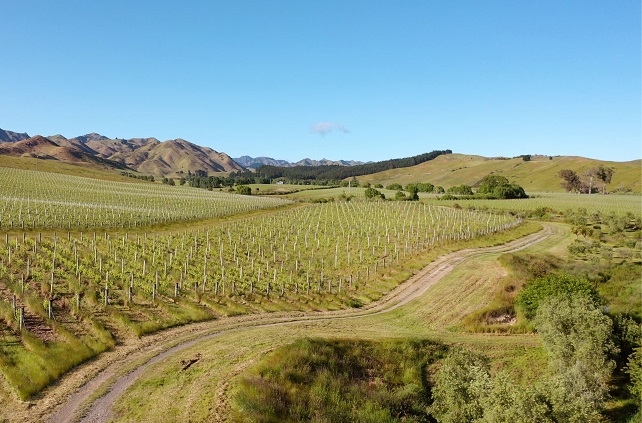
As well as the vineyards, there are olive groves, fruit trees, native vegetation, pastoral land, vegetable gardens and farm animals.
Raupo Creek is managed as a whole farm, with the livestock playing an essential role in the health of the estate. Every animal has a purpose: the chickens provide eggs, manure for composting, eggshells for calcium, as well as providing weed and insect control; cows provide manure for the 500 preparation, as well as cow pat pits and composting material; sheep keep the grass down while a few pet goats provide the entertainment. The bees from the beehives thrive on an array of wildflowers grown in every tenth row across the 55ha of vines.
Michael describes biodynamic farming as “a version of organics except much more rigorous, working with phases of the moon. A sort of homeopathy for grapes and wines and in a way there’s a bit of mumbo-jumbo about it, but I don’t mind that. You get more interesting people working with this and if you’re walking around shaking your stick with a bit of homeopathic liquid on it, so what? Because, fundamentally, if you can grow grapes and make wine without chemicals, why not?”
‘If you can grow grapes and make wine without chemicals, why not?’He says they keep their vines healthy with liberal applications of seaweed tea, compost teas and biodynamic preparations. Low yields, he believes, also assist vine health.
Michael goes on to describe his wine business as “a New World winery with an Old World approach”. He adds: “We are in no hurry when it comes to our wines. We let the wild yeasts that live in our vineyard ferment the grape juice into wine. Working this way does take a little more time, but we get wines with added savouriness and with more mouth-watering textures and flavours. They also show a unique sense of place. We let all our wines spend time in barrel or bottle before release. Good things come to those who wait.”
Eight varieties grow on the estate and he has an interesting approach to all of them…
2019 Chiaroscuro Organic
Blend: 62% Riesling, 34% Pinot Gris, 3.6% Viognier, 0.4% GewürztraminerYield: 8 tonnes/ha
Oak: 7 months, barrel fermented

Chiaroscuro is an ever-changing blend of white aromatic varieties that grow in the Raupo Creek vineyard. By the end of March 2019, they had ripened at the same time, so they were handpicked together, whole-bunch pressed, left to settle naturally, and co-fermented with native yeasts in a mixture of neutral barriques. A long, consistent fermentation took place – finishing after three months. Each barrel was then topped and left to rest for a total of seven months. The barrels were blended into a stainless-steel tank for stabilisation. The wine was filtered prior to bottling.
“The name Chiaroscuro is used mostly in painting. ‘Chiaro’ means light, ‘scuro’ dark. The words put together relates to a high contrast. Sometimes in photography, I use it explaining something to a director, and sometimes in painting. I thought it was fun. I like the word in Italian. Also, if you’re being literal about, ‘chiaro’ is a white line, a clear line. But it’s got some depth, ‘scuro’. And I love shadows. Because life in the shadows, you’re never quite sure what’s going on. And that feeds into your imagination, cinematographers’ imagination. So, each vintage is a bit different, the blend is a little bit different.
“At first, I didn’t like it very much. But, all the sudden recently, after 18 months, it just came right…. It changed from some sort of okay to something really beautiful.”
pH: 3.12
TA: 6.9g/L
RS: 0.5 g/L
Alc: 12.5%
Total SO2: 60ppm
2022 Organic Pinot Gris
Yield: 8 tonnes/haOak: 40% for three months in neutral oak

Classic cool-climate Pinot Gris aromatics combine with a plump, juicy and refined palate.
The fruit was picked in the early morning to preserve quality and freshness. It was loaded into the press without crushing, and gently squeezed. After settling overnight, it was racked – 60% going into a stainless-steel tank and 40% to neutral puncheons to undergo fermentation with native yeasts.
It remained in puncheons, on lees, for three months after fermentation for natural MLF. The components were then racked and blended in a small stainless-steel tank.
The wine was filtered prior to bottling.
pH: 3.29
TA: 4.6g/L
RS: 1.2 g/L
Alc: 13.5%
Total SO2: 57ppm
2022 Organic Sauvignon Blanc
Blend: 90% Sauvignon Blanc, 10% SémillonYield: 13 tonnes/ha
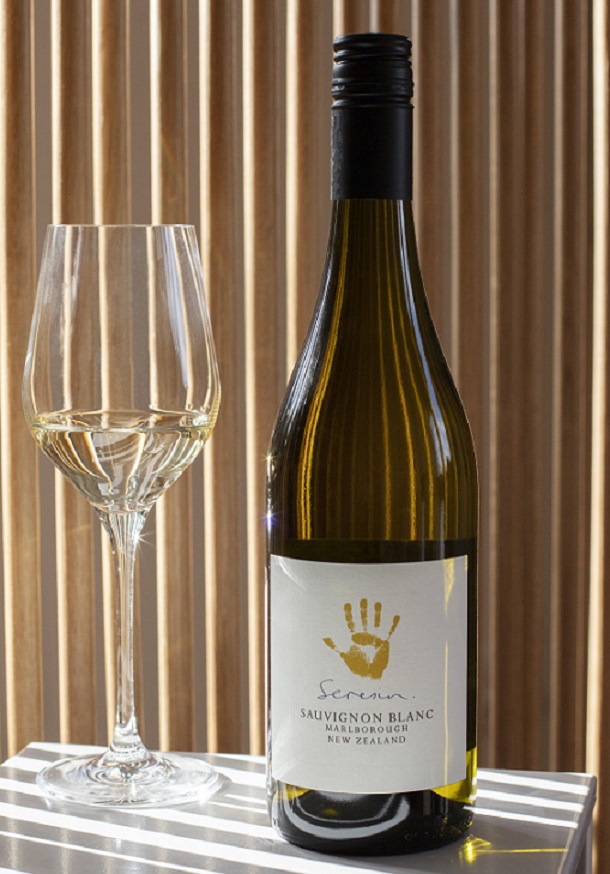
More savoury and complex than most Marlborough Sauvignon Blancs, its distinctive style comes from the inclusion of Sémillon, natural fermentation, partial MLF, and extended ageing on lees in oak.
Four parcels of fruit were picked from the biodynamic vineyard. The grapes were pressed and the juice settled overnight naturally. The next morning it was racked to a small stainless-steel tank or older French oak barriques and puncheons for natural fermentation. After a long period of fermentation (8-16 weeks), each parcel was racked and topped with a further portion going to barriques for ageing and a small addition of sulphur. The parcels remained on lees for 7 months before blending, stabilisation and filtration.
27% of the small portion of Semillon was fermented in barrels and 47% was aged in neutral oak.
pH: 3.27
TA: 6.8g/L
RS: 0g/L
Alc: 12.5%
Total SO2: 74ppm
2022 Zosia Organic Pinot Noir Rosé
Clones: 10/5 Pinot NoirYield: 6 tonnes/ha
Oak: 3 months
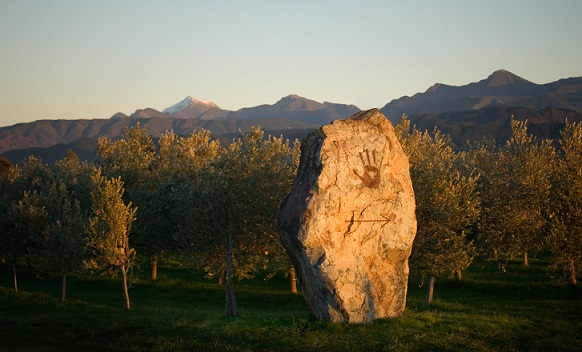
An elegant, aromatic rosé crafted to represent a small, special plot of Pinot Noir within the Raupo Creek vineyard.
“We’re really pleased with this,” Michael says. “It’s only coming to market since May and it’s having a wonderful response... People are now much more open to the idea of tasting rosés from outside of France.”
The grapes from a single plot in the Raupo Creek vineyard were handpicked in the morning. The fruit, loaded directly into the press, was squeezed gently and settled overnight. The clear juice was racked to neutral oak barriques for a native fermentation. The batch remained on gross lees for three months after fermentation for partial MLF, prior to racking and a sulphur addition. The wine was then blended, filtered, and bottled.
pH: 3.19
TA: 7.3 g/L
RS: 1.4 g/L
Alc: 13%
Total SO2: 82ppm
2022 Beautiful Chaos Pinot Noir
Clones: 777, 115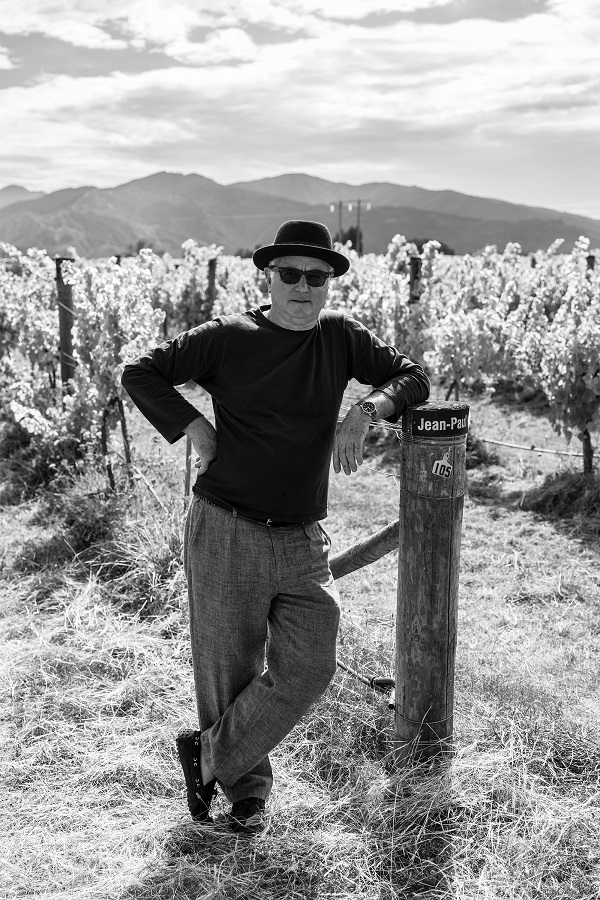
“I’d be happy if all we ever made was Pinot Noir. It’s my favourite wine by far,” Michael says. “I think it’s a magical wine.”
The vibrant and savoury 2022 Beautiful Chaos Pinot Noir embodies Seresin’s minimalist, mindful way of winemaking. The biodynamic grapes were handpicked in two different clonal batches. The first, the close-planted 777 clone, was destemmed and placed directly into two small amphorae. The second pick, the 115 clone, was destemmed and placed into an open puncheon. Both batches underwent fermentation naturally and were punched down daily to keep the cap moist.
The fruit remained on skins for approximately three weeks in total, with no additions. Both components were pressed off, blended (clone 777 represents 80% of the final blend), then returned to the amphorae for three and a half months for further ageing and to undergo malolactic conversion naturally.
The wine was racked from the amphorae to tanks to clarify naturally, for two weeks prior to bottling. The wine was bottled without any stabilisation, fining or filtering.
As I try the wine, Michael justifies the name, Beautiful Chaos: “There’s beauty in growing grapes and making wines, there’s also some chaos involved. And I thought the balance of the two (words) worked quite well.”
pH: 3.62
TA: 5.1g/L
RS: Dry
Alc: 12.5%
2022 Beautiful Chaos Syrah
Soil: Sandy loam and clay
An expressive, elegant Syrah made in amphorae.
The Syrah was handpicked in mid-April as the harvest in the Omaka Valley ended.
The fruit was 100% destemmed and placed directly into two amphorae. Both batches underwent fermentation naturally and were plunged daily. The fruit remained on skins for four weeks, with no additions.
Both components were pressed off, blended, and returned to the amphorae for four months for MLF and further ageing.
After that, the wine was racked to tanks for natural clarification for two weeks prior to bottling.
It was bottled without any stabilisation, fining or filtration and without any sulphur additions.
It’s Seresin’s most “natural” wine.
“It’s just our version of a natural way, what we could do, what we can afford to do in terms of time and investment, and also something which could be interesting. One thing about the New World is you’re not limited – you’re limited by money and imagination – but it’s not like the Old World where you can’t call it Chianti Classico because it’s doesn’t taste like the regular one. And my answer is we don’t care.
“In the New World, you can do whatever you want.”
Michael believes “there’s something in the natural winemaking process, which gives this wine a quality which was not there when we made it the conventional way”.
pH: 3.67
TA: 4.8g/L
RS: Dry
Alc: 13%
2015 Raupo Creek Pinot Noir
Yield: 3 tonnes/haOak: 18 months, 12% new
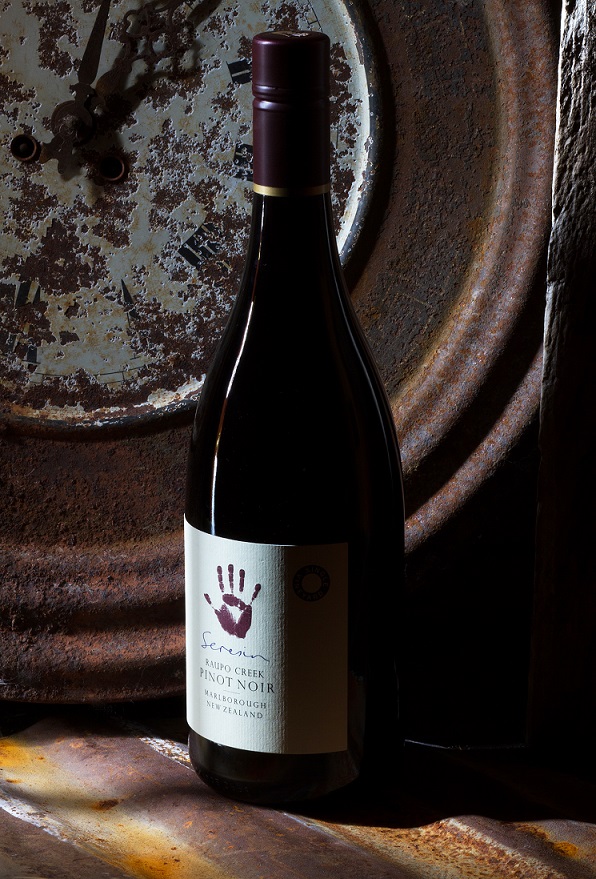
Pristine fruit from a clay slope, extended time on skins and long ageing in carefully selected French oak barriques are what distinguish this complex and expressive Pinot Noir.
The fruit was destemmed into small open-top tanks, where the natural fermentation took place. Gentle hand-plunging took place twice daily. After up to six weeks on skins, the batches were pressed gently and then racked to French oak barrels for 10 months (12% new). They were then blended and returned to French oak puncheons for a further 8 months.
The wine was bottled unfined and unfiltered.
pH: 3.72
TA: 6g/L
RS: 1.5g/L
Alc: 14%
Total SO2: 77ppm
2015 Organic Sun and Moon Pinot Noir
Yield: 2 tonnes/ha (Oak: 18 months, 25% newWhen Michael downsized in 2018 – selling 8ha of his land and winery to two local winemakers, Ben Glover of Glover Family Vineyards and Rhyan Wardman – it was to refocus on producing super-premium, small parcel wines like this, an elegant Old World expression of Pinot Noir.
Sun and Moon comes from the estate’s finest micro plots on the Osip hill, a big tongue of clay that snakes through the hilly site.
It’s winemaker Tamra Kelly-Washington’s answer to Michael’s question: “What does it take to get the absolute best Pinot we can? Because it is the grape and the wine which I’m most interested in.”
They found the best plot, a strip of 10 rows of vines running from the top of the Osip hill to two-thirds of the way down. They reduced the yield and made three barrels (they still make the wine at their old winery, which has turned into a hub for winemakers championing small-batch, single-site wines.
The hand-harvested fruit was destemmed into small open-top tanks for a natural fermentation. Gentle hand-plunging took place twice daily. After an extended period of up to six weeks on skins, the batches were pressed gently and then racked to French oak barrels for 10 months (25% new).
The wine was then blended and returned to French oak puncheons for a further 8 months before bottling with no fining or filtering.
pH: 3.68
TA: 5.7
RS: 1.2g/L
Alc: 14%
Total SO2: 64ppm
Michael completes his story by saying: “To be able to make these small production, interesting wines makes all of our lives richer.”

 English
English French
French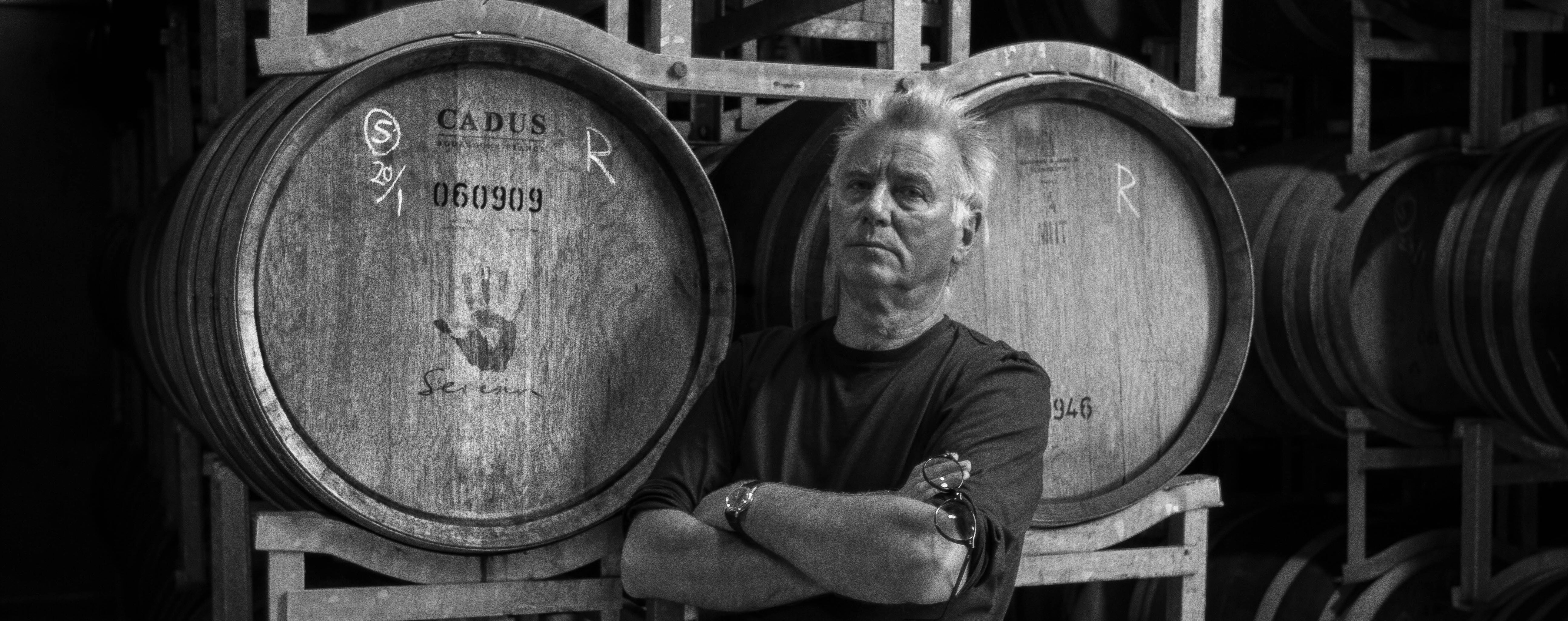
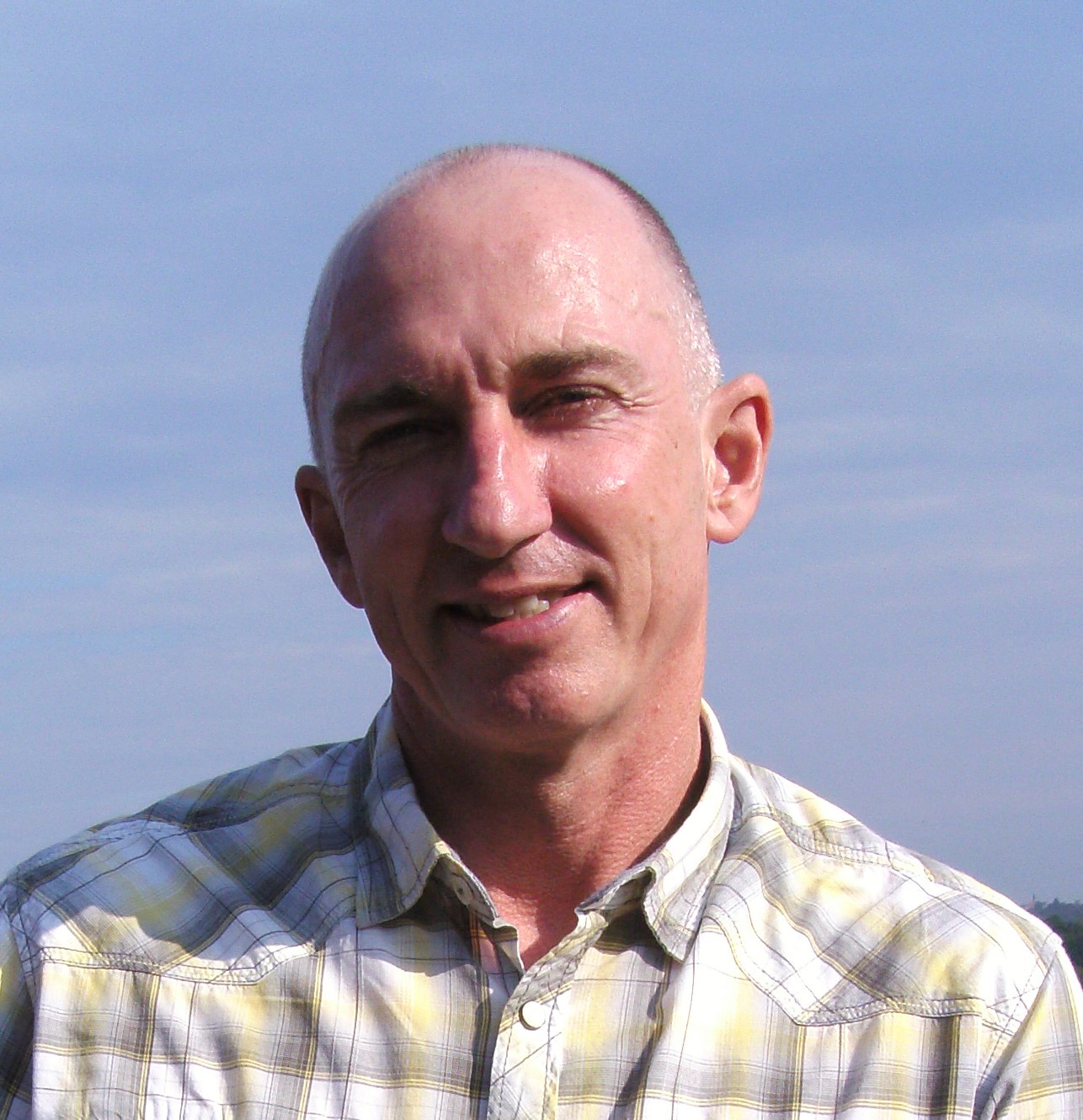

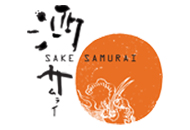
.png)
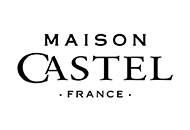

.png)

